What Is Multi-Cloud Infrastructure Management?
Multi-Cloud Infrastructure and management uses different public cloud Infrastructure as a Service (IaaS) platforms. In this model, the differences between cloud providers are hidden, so applications and operations work the same in all environments.

Multi-cloud infrastructure management involves tools and processes to control and deliver resources across many cloud environments. Unlike traditional cloud infrastructure management that focuses on one cloud provider, multi-cloud management handles the challenges of using multiple clouds.
What Are The Benefits Of Multi-Cloud Management?

A strong multi-cloud management platform provides numerous advantages, including:
Reduced strain on IT teams:
Simplified, centralized management allows IT teams to more efficiently manage applications and workloads across multiple clouds.
Visibility:
Monitoring workloads and knowing what’s running where can be challenging in a complex multi-cloud environment. A good multi-cloud management solution offers visibility across the entire multi-cloud setup, enabling businesses to maximize the benefits of multi-cloud.
Security:

Maintaining consistent security policies across different cloud providers is difficult, and the complexity of multi-cloud can lead to security gaps and a larger attack surface. A managed approach helps IT teams address potential security issues proactively. Top multi-cloud management platforms offer features like security monitoring, automation, and policy enforcement across platforms, making it easier to secure your environment.
Cost management:
While businesses adopt multi-cloud strategies for cost savings and discounts from different providers, managing costs in a complex multi-cloud environment can be tough. Multi-cloud management helps track costs and usage, with some platforms using intelligent data analysis to optimize cost management.
Increased availability:
One of the key benefits of a multi-cloud strategy is increased availability. To fully achieve this, IT teams need to duplicate and seamlessly migrate workloads when one environment fails. Effective multi-cloud management enables this process.
Challenges of Multi-Cloud Management
While multi-cloud management offers clear benefits, it can be challenging to implement. Here are some potential obstacles:

Increased complexity:
Multi-cloud environments are inherently more complex. Managing this complexity to implement an effective solution is a fundamental challenge that multi-cloud management aims to address.
Integration between different software environments:
Effective multi-cloud management requires building applications that can move across environments without integration issues. This is difficult due to the differences between each cloud platform. Containers are a new technology designed to address this challenge, providing easier portability between different public cloud providers.
Best Practices for Multi-Cloud Infrastructure Management
- Use Unified Management Tools: Implement centralized platforms that offer comprehensive visibility and control over all cloud resources.
- Automate Where Possible: Use automation tools to streamline provisioning, scaling, and monitoring across different cloud environments.
- Implement Consistent Security Policies: Ensure security policies are consistently applied across all cloud environments to protect data and meet compliance requirements.
- Monitor and Optimize Costs: Regularly monitor usage and costs, and optimize resource allocation to reduce expenses.
- Develop a Robust Disaster Recovery Plan: Ensure your disaster recovery plan includes strategies for using multiple cloud providers to enhance redundancy and resilience.
Best Multi-Cloud Management Tools

Here’s an overview of some multi-cloud management tools that can assist with cost monitoring, infrastructure, and application performance management:
1: CloudZero AnyCost – Multi-cloud Cost Intelligence Platform
CloudZero AnyCost is a powerful tool that gathers and normalizes cost data from various cloud providers, including AWS, Azure, GCP, and Kubernetes. This also includes popular software platforms like Snowflake, New Relic, MongoDB, and Databricks. Unlike many tools, it doesn’t require cost allocation tags, allowing for a more seamless integration of cost data.
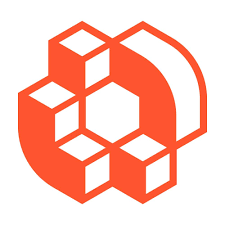
By correlating costs from tagged, untagged, untaggable, and multi-tenant resources, CloudZero provides a comprehensive view of your expenses, enabling businesses to understand the total cost of building and running their products.
2: LaceWork – Multi-cloud Security Platform
LaceWork is designed to secure your cloud environments across multiple providers, including AWS, Microsoft Azure, and Google Cloud, all within a single platform. It offers a robust threat management solution that continuously monitors your accounts and environments.

LaceWork can also secure Kubernetes and hybrid cloud setups, providing visibility into application, user, process, and network behavior. With both agentless and agent-based deployment options, LaceWork helps you proactively identify vulnerabilities and misconfigurations, enhancing your security posture.
3: Terraform – Multi-cloud Deployment Platform
Terraform is an open-source tool that simplifies the management of cloud infrastructure. It allows users to utilize a single workflow for provisioning, securing, and auditing across multiple cloud providers.

With Terraform, you can efficiently coordinate resources and manage cross-cloud dependencies, which reduces complexity and risk. Its extensive library of over 200 providers enables you to leverage best-of-breed features, making it an ideal choice for organizations looking to implement a robust multi-cloud strategy while enhancing productivity and compliance management.
4: RedHat Ansible – Open-source Multi-cloud Platform
RedHat Ansible is an open-source automation tool that can be tailored to build custom multi-cloud management solutions. It helps ensure that your infrastructure components across different cloud environments work together smoothly. Ansible allows for automation of tasks, reducing the need for extensive training for IT teams on each cloud vendor.
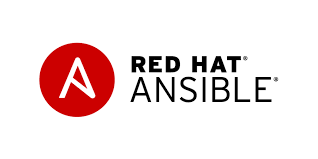
With its simple and powerful automation language, Ansible eliminates the guesswork involved in managing multi-cloud and hybrid cloud deployments, allowing you to define and enforce policies consistently across environments.
5: Cloudify – Environment-as-a-Service Platform
Cloudify serves as middleware for deploying applications and services in cloud environments. Its open-source cloud orchestration tool allows users to run applications seamlessly across multiple clouds and data centers with just one click. Cloudify manages the entire application lifecycle, from deployment to monitoring and maintenance.

It detects failures and performs continuous application maintenance, making it an excellent choice for organizations that want to launch pre-built applications in multiple clouds without requiring in-depth technical knowledge.
6: Morpheus – No-code Multi-cloud Management Tool
Morpheus provides a no-code solution for managing multi-cloud environments. It helps organizations leverage cloud-native services in AWS, Azure, and GCP while simplifying the provisioning of VMs, bare metal, and containers.

Morpheus allows IT teams to expose cloud-native PaaS, IaaS, Kubernetes, and infrastructure-as-code (IaC) blueprints through a unified API and console. This streamlining means teams can manage resources efficiently without needing to learn each public cloud’s specifics. Morpheus also handles governance and reporting, making cloud management easier and more efficient.
7: IBM MCMP – Multi-cloud Management Platform
IBM’s Multicloud Manager (MCMP) supports both multi-cloud and hybrid cloud deployments, focusing on app-centric management. It provides visibility across different clouds and clusters, allowing organizations to manage application health, policies, deployments, and operations.
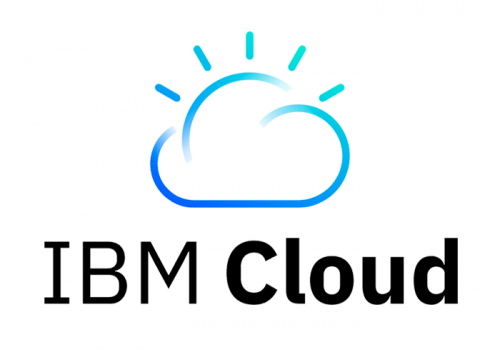
MCMP includes features for managing Kubernetes clusters, enabling efficient management of containers and microservices. With its policy-based compliance management, IBM MCMP helps organizations maintain control and ensure security across their multi-cloud environments.
8: Dynatrace – Full-stack Observability Platform
Dynatrace is a comprehensive observability platform that enables users to monitor and analyze data from various public, private, or hybrid clouds. It supports major cloud providers, including AWS, Azure, and GCP, as well as popular platforms like RedHat OpenStack, VMware Tanzu, and SAP.

Dynatrace automatically detects and collects metadata, providing insights into the interrelationships among system components and dependencies between applications and services. This deep visibility helps organizations optimize performance and troubleshoot issues more effectively.
9: Nutanix Cloud Manager – Hybrid Multi-cloud Platform
Nutanix’s Cloud Manager combines hybrid cloud infrastructure with multi-cloud management features, offering a unified platform for storage, desktop, database, and application services. This integration allows organizations to support any application or workload, whether deployed in private, public, hybrid, or multi-cloud environments.
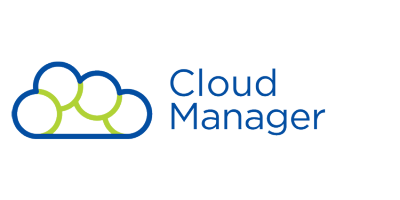
Nutanix Cloud Manager provides a self-service cloud control plane that includes AI-powered application automation, ensuring efficient operations while maintaining cost and security governance.
10: CloudBolt – Multi-cloud and Hypervisor Management Platform
CloudBolt functions as an abstraction layer for multi-cloud management, enabling organizations to use various solutions together in a single catalog. Its pluggable architecture supports new technologies as needed, allowing integration with over 20 resource handlers, including Hyper-V, vCenter, AWS, Azure, GCP, IBM Cloud, and SCVMM.
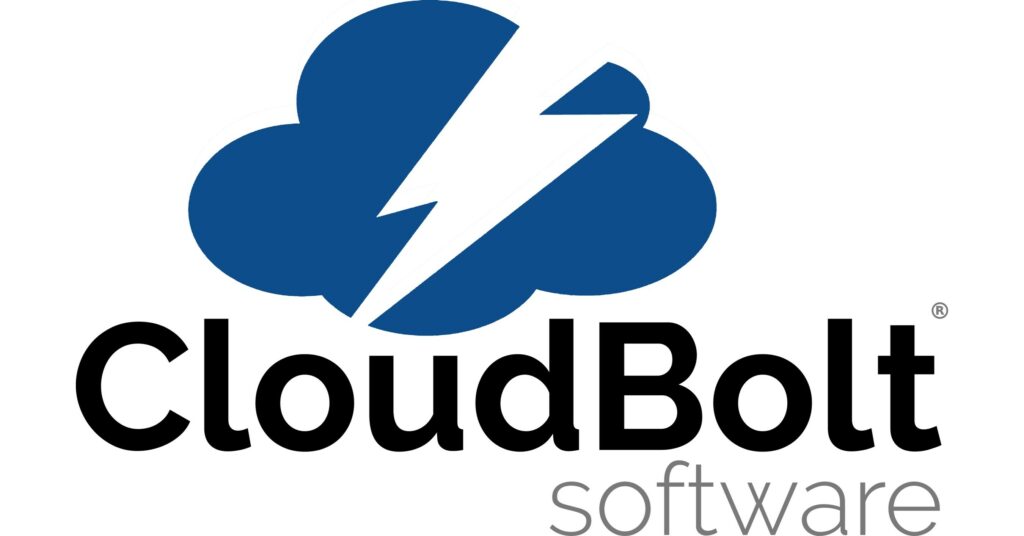
This flexibility simplifies provisioning and orchestration, making it easier for organizations to manage diverse environments and optimize resource usage across their cloud platforms.
[Want to learn more about multi-cloud infrastructure management? Click here to reach us.]
Conclusion
In conclusion, multi-cloud infrastructure management offers businesses a powerful way to enhance flexibility, optimize costs, and improve security across diverse cloud environments. While implementing a multi-cloud strategy presents challenges such as increased complexity and integration issues, the right management tools can help overcome these hurdles. By leveraging advanced solutions that provide visibility, automation, and consistent security policies, organizations can effectively navigate the complexities of multi-cloud management.
Ultimately, embracing a multi-cloud approach not only empowers businesses to leverage the unique strengths of different cloud providers but also positions them to innovate and adapt in an ever-evolving digital landscape.
For organizations seeking to maximize their multi-cloud potential, partnering with experts like Bobcares can provide essential cloud support services, ensuring a smooth and efficient multi-cloud experience. Investing in robust management solutions, alongside professional support, will be crucial for achieving long-term success and resilience.







0 Comments